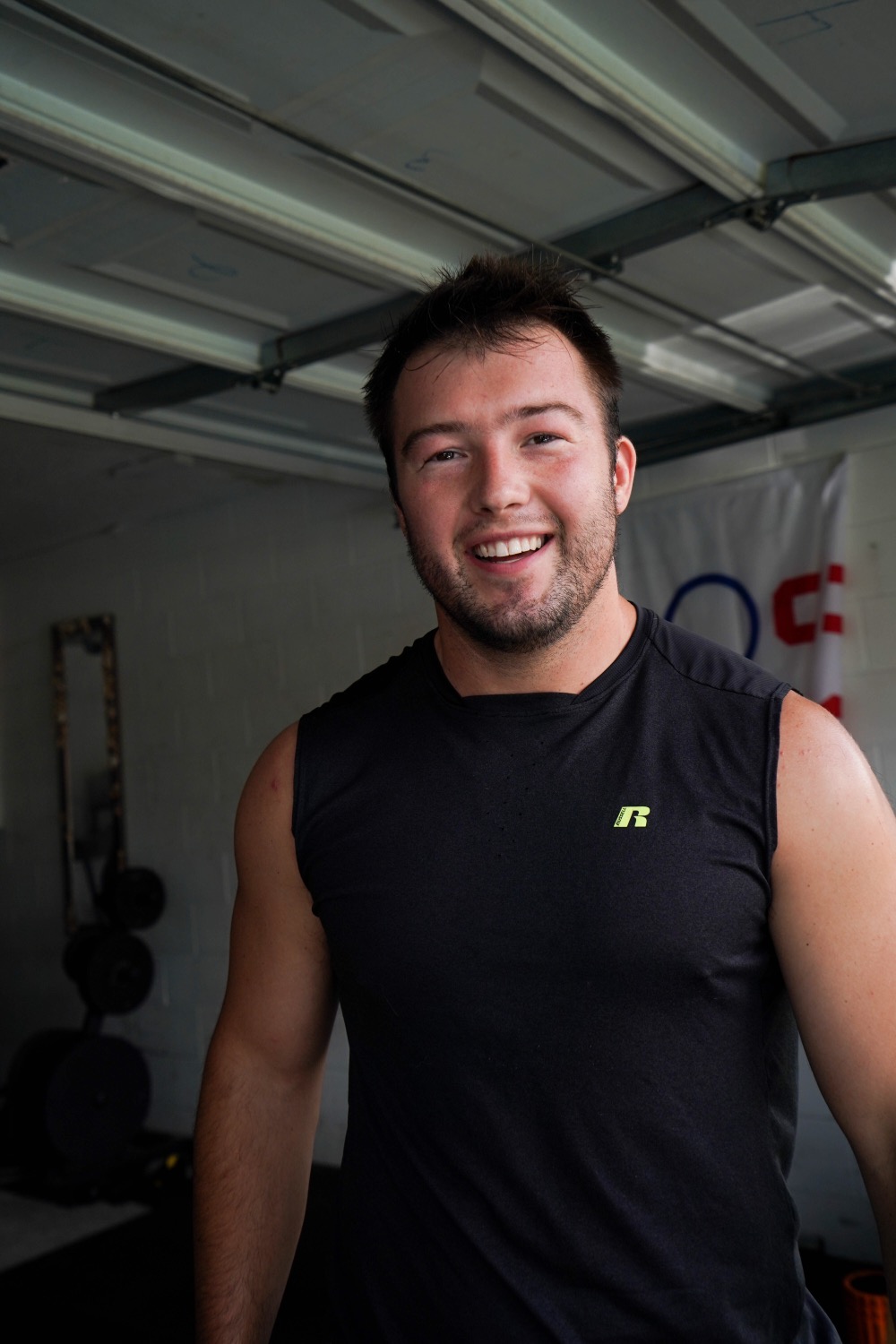A Case for the Split Squat Part 4: Upper Limits of Single Leg Strength
- Bobby bobbyomullan@gmail.com

- Aug 30, 2020
- 3 min read
Apart from the dumbbell rear foot elevated split squat which we discussed thoroughly last week, there are plenty of other loading methods and exercises that can be used. When it comes to loading, you can hold the dumbbells in either hand, both hands, wear a weight vest, wear chains, bear hug a sandbag, hold medballs, use a barbell in the back squat or front squat position, you can use a safety squat bar and hold onto the rack for more stability, you can stand on a band, you can hold kettlebells, etc.

As for the exercise itself, you can also bring the rear foot to the floor, you can make the movement more dynamic with a reverse lunge, you can elevate the front foot, you can use a slide board for the rear foot, you can offer no support of the rear leg and perform a skater squat, or you can throw your leg out in front and perform a full pistol squat. Each variation of loading and exercise slightly changes the training stimulus and gives you the ability for complete development of single leg strength.
When beginning to implement these exercises, it’s important to attack them with the mindset that there is no ceiling. Just because it’s a single leg squat does not mean that it has to be performed with less weight than your typical squat. In the last post I talked about the bilateral deficit and that it’s common for the sum of each leg’s strength to be greater than the strength of both legs together. That occurrence refers to relative strength and that the weight you split squat is only relatively heavier to the weight you back squat with. However, I’ve also see unilateral strength test at a higher absolute weight than bilateral strength.
After a few weeks of training I’ve had a number of athletes surpass their front squat 1 rep max with a front rack barbell reverse lunge. Meaning, no longer are they only training each leg with a relatively heavier weight, it’s literally a heavier weight than they use to front squat.
Things get even crazier when you break out the safety squat bar, and Hatfield split squat. As I mentioned before, my 1 rep max back squat is 405lb, but I’m able to hit 535lbs on each leg with the safety squat bar hatfield split squat.
Cal Dietz, up in Minnesota has reported multiple athletes over triple bodyweight and one athlete even hitting 800lbs on each leg. No more need to do the math and check if you’re hitting a higher relative weight when you just flat out hit a higher absolute weight.
Once again, if you’re a powerlifter and the back squat is a part of your sport, you need to squat. If you’re a weightlifter and you need to have a strong squat to stand up with your clean, you need to squat. If your goal is to increase your leg strength for your sport or just to be strong as hell, split squats can decrease the amount of compressive and shearing forces acting on your spine. They have plenty of progressions and variations to give you a complete training stimulus, and they give you the opportunity to use a significantly heavier weights in training, which will lead to faster progress.







Comments